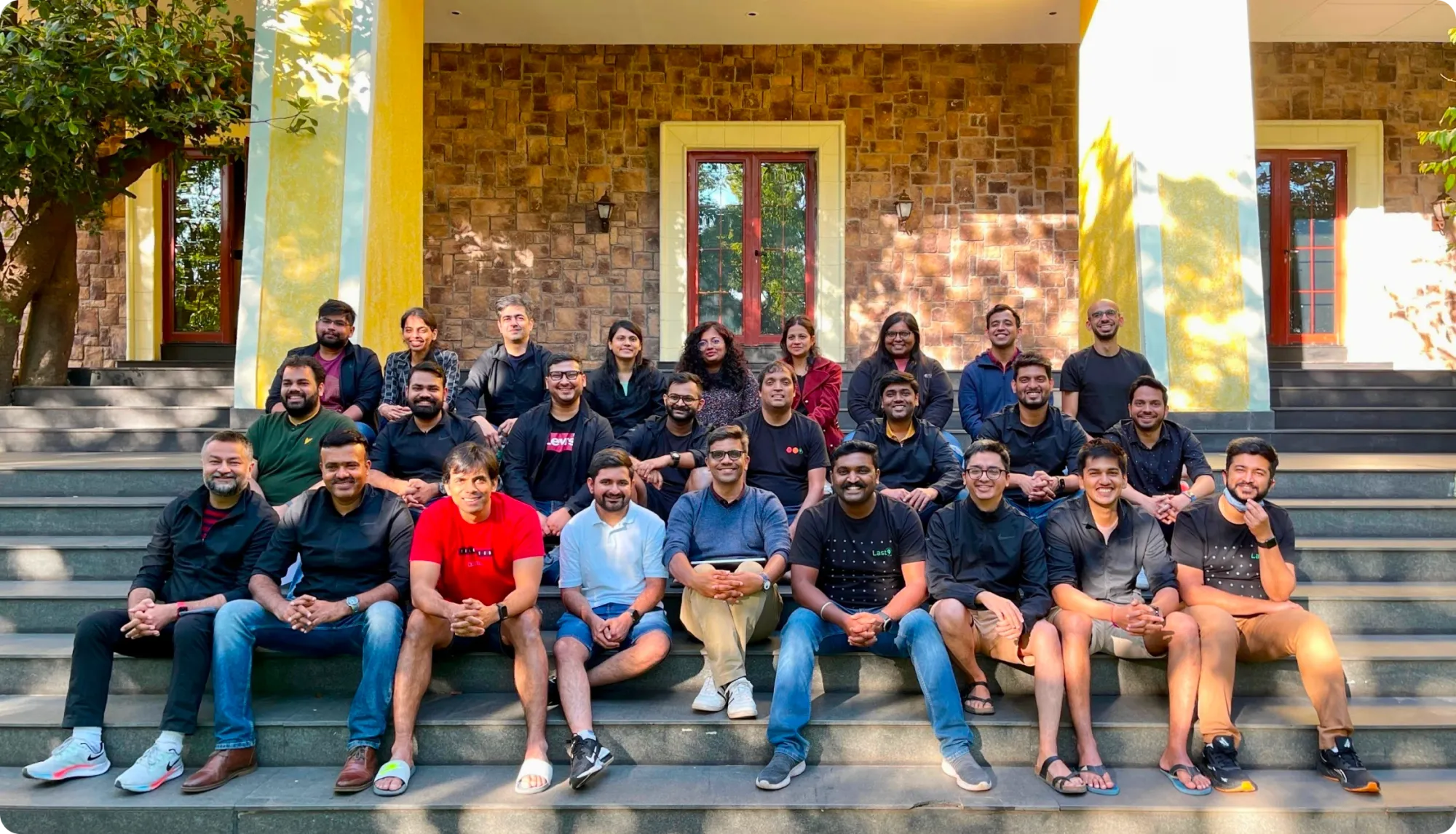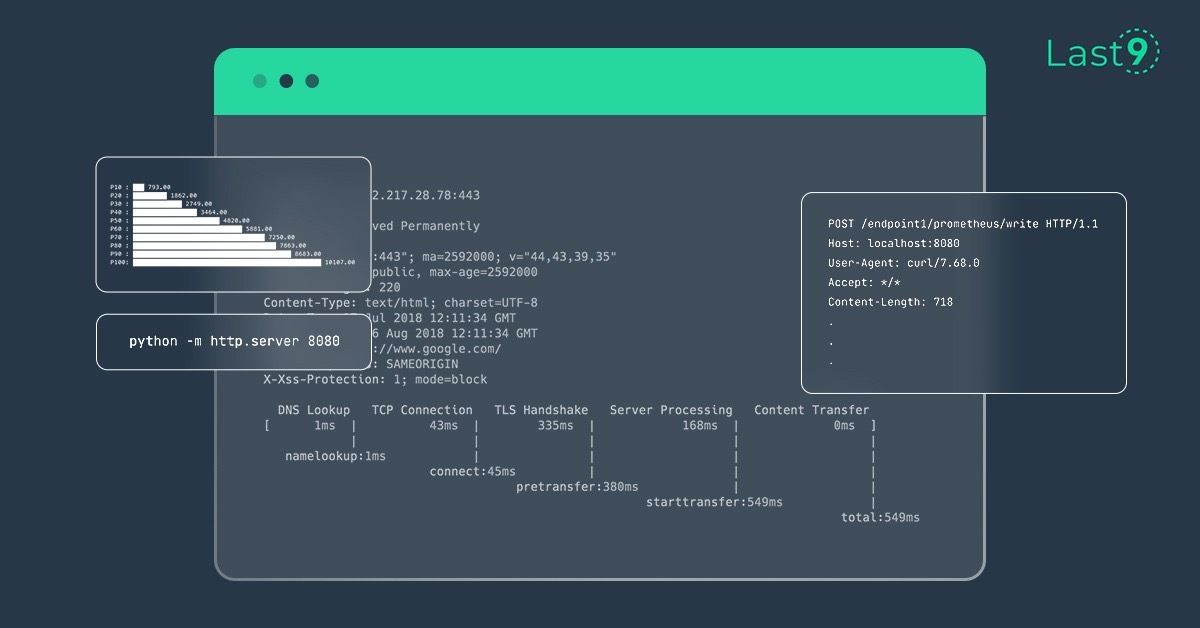When choosing between Datadog and Dynatrace, two of the cloud monitoring and observability platforms, it's essential to understand their strengths, weaknesses, and unique features.
This in-depth comparison will help you make an informed decision based on your business needs and technical requirements.

What Are Datadog and Dynatrace?
Both Datadog and Dynatrace provide end-to-end monitoring solutions designed to offer visibility into your cloud infrastructure, applications, and user experience.
They help businesses detect, diagnose, and resolve issues in real-time, ensuring optimal performance and availability of digital systems.
- Datadog is known for its wide array of integrations, user-friendly interface, and scalability. It's often favored by DevOps teams for its flexibility, strong cloud-native capabilities, and ease of use.
- Dynatrace stands out with its AI-powered, fully automated monitoring capabilities. Known for advanced analytics and deep insights, it's a great choice for enterprises looking for automated solutions to handle complex environments.
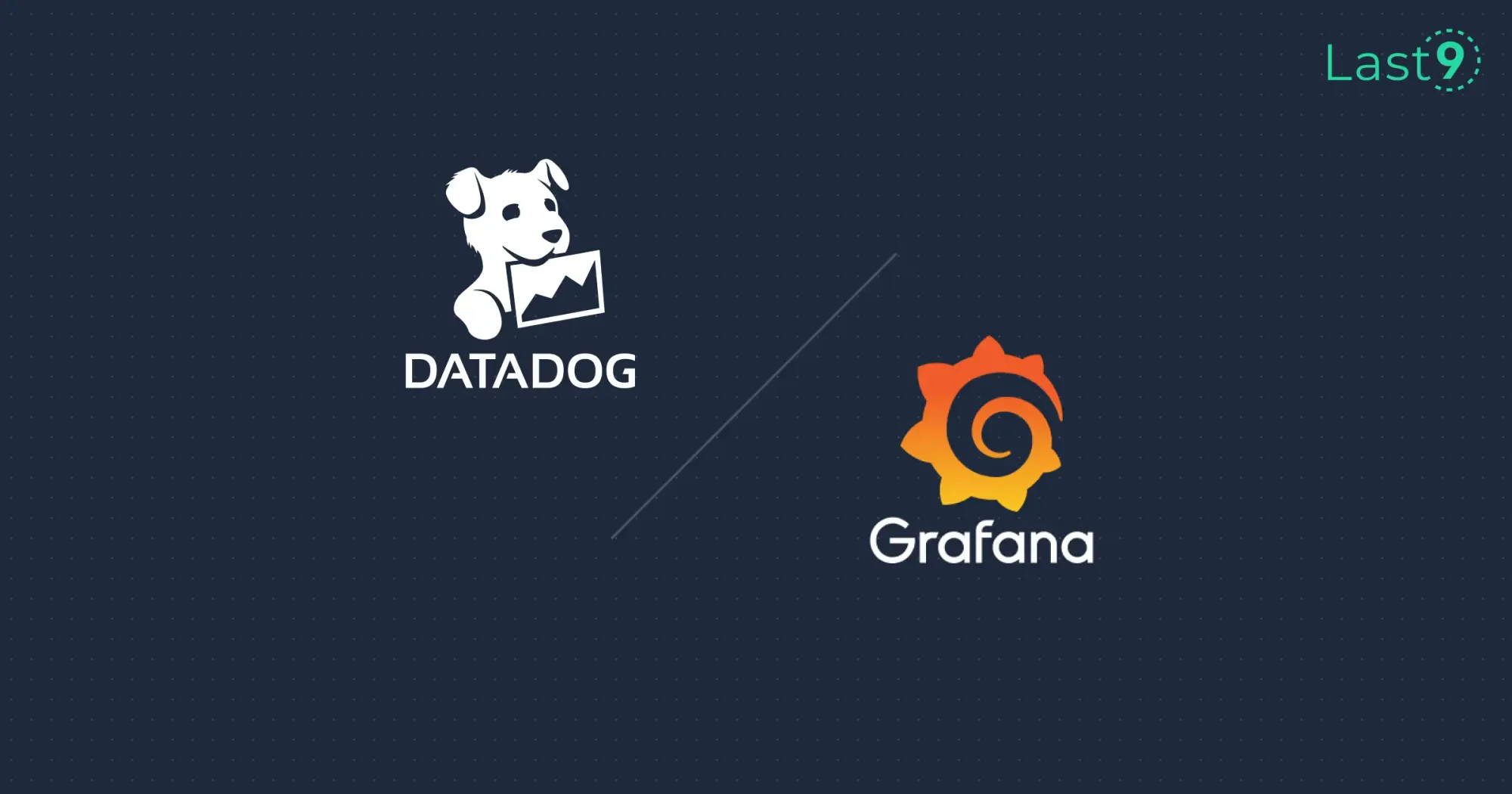
Datadog vs. Dynatrace: Key Features Breakdown
Both platforms provide a range of monitoring tools, but their approaches and features differ significantly.
| Feature | Datadog | Dynatrace |
|---|---|---|
| Monitoring Capabilities | Infrastructure, APM, Logs, Synthetic Monitoring, Security Monitoring | Full-stack monitoring, APM, Real-Time User Monitoring, AI-powered anomaly detection |
| AI & Automation | Machine learning for anomaly detection, manual setup | AI-powered automation, self-healing with Davis AI |
| User Interface | Intuitive, easy to use, customizable dashboards | Advanced, AI-powered insights, steep learning curve |
| Integrations | 450+ integrations across cloud and on-prem systems | Strong integration with cloud-native technologies, Kubernetes, Docker |
| Pricing | Usage-based, flexible but can get expensive at scale | Consumption-based, more expensive upfront, cost-effective at scale |
| Scalability | Highly scalable for cloud-native environments | Excellent scalability for large enterprises, microservices, and complex systems |
1. Monitoring Capabilities
- Datadog provides an extensive set of tools across multiple use cases:
- Infrastructure Monitoring: Comprehensive monitoring for hosts, containers, and cloud infrastructure.
- Application Performance Monitoring (APM): Tracks the performance of applications, helping developers understand latency, bottlenecks, and root causes of failures.
- Log Management: Collects, searches, and analyzes logs, offering high visibility into logs and their associated metrics.
- Synthetic Monitoring: Simulates user interactions to monitor the availability and performance of services across the globe.
- Security Monitoring: Provides real-time security analytics to protect infrastructure and applications from potential threats.

- Dynatrace offers an AI-driven monitoring solution with deep insights:
- Full-Stack Monitoring: Includes infrastructure, APM, and real-time user monitoring (RUM), automatically mapping and tracking dependencies across the environment.
- AI-Powered Anomaly Detection: Dynatrace uses AI (Davis AI) to automatically detect anomalies, reducing the need for manual configuration.
- Real-Time Diagnostics: Automatic root-cause analysis, which helps identify issues in real-time across distributed systems.
- Cloud Automation: Fully integrates with Kubernetes, Docker, and cloud-native environments, offering cloud-native monitoring out-of-the-box.
2. AI & Automation
- Datadog offers machine learning features that help in anomaly detection, alerting, and forecasting, but these require more manual configuration.
- Dynatrace excels with AI-powered automation. Its Davis AI engine automatically detects performance issues, diagnoses their root causes, and optimizes resources without manual intervention, making it particularly beneficial for large, complex systems.
3. User Experience
- Datadog is known for its intuitive, user-friendly interface. It provides a highly customizable dashboard that lets users create and track their metrics easily. While there is a learning curve, it is widely regarded as easy to set up and use.
- Dynatrace, although offering a wealth of advanced features, has a more complex interface. Its AI-powered insights make up for this complexity, but it requires a higher level of expertise to fully use its capabilities.

4. Integrations
- Datadog supports over 450 integrations, allowing it to monitor a wide range of platforms and services. From cloud services to on-prem applications, Datadog is highly flexible.
- Dynatrace focuses heavily on cloud-native environments and microservices, offering deep integrations with Kubernetes, Docker, and cloud providers like AWS, Azure, and Google Cloud. While it also integrates with legacy systems, more configuration is needed compared to Datadog.
5. Pricing
Both Datadog and Dynatrace are on the costlier end of the spectrum.
- Datadog follows a usage-based pricing model that can become expensive as you scale. Pricing is largely dependent on the number of hosts and the volume of logs you need to monitor.
While it offers a free trial, the costs can add up, making it more suitable for organizations that are willing to pay a premium for flexibility and scalability.
- Dynatrace operates on a consumption-based model, which tends to be more expensive upfront.
However, its AI-driven automation can lead to long-term savings by reducing the time spent on manual configuration, making it cost-effective for enterprises in the long run. It's ideal for organizations prepared to invest in automation and optimization at scale.
These tools are designed for larger organizations or teams willing to pay a hefty price for powerful monitoring and automation features.
6. Scalability
- Datadog is well-suited for cloud-native environments and works effectively with small to medium-sized teams. It scales easily with cloud deployments, but as you add more systems and increase log volume, pricing can increase quickly.
- Dynatrace is built with scalability in mind, particularly for large enterprise environments. Its AI and automation make it an excellent choice for organizations with complex, large-scale infrastructures, and it can handle thousands of microservices with ease.
7. Performance & Reliability
- Datadog excels in environments where flexibility and ease of integration are key. However, its performance might degrade as you scale, especially when dealing with large amounts of log data or complex systems.
- Dynatrace is built for performance at scale. Its AI-powered automation and real-time diagnostics ensure minimal downtime and high reliability in enterprise-grade environments.
8. Support and Documentation
Datadog
Strengths:
- Comprehensive Guides: Datadog’s documentation provides a thorough, step-by-step approach, helping users set up and configure their tools easily.
- User-Friendly: The clear structure and well-organized topics make it easy for users to find what they need quickly, from basic integrations to advanced configurations.
- Active Community Forum: The community forum is a helpful resource for troubleshooting, with real-time answers and tips from other users.
Weaknesses:
- Complexity for Beginners: While comprehensive, some sections may be overwhelming for beginners, especially when it comes to troubleshooting advanced issues.
- Occasional Gaps: Some documentation, especially for newer features, might be sparse or require users to rely on community discussions rather than official resources.
Dynatrace
Strengths:
- Detailed Enterprise-Level Resources: Dynatrace’s documentation is robust, with a strong focus on complex environments, which is ideal for large teams and enterprise-scale operations.
- In-depth Troubleshooting: The troubleshooting guides are highly detailed, covering a wide range of potential issues that users may encounter in large, intricate infrastructures.
- Training and Learning Resources: The platform offers rich online training materials, making it easier for teams to level up their skills and knowledge.
Weaknesses:
- Enterprise-Focused: For smaller teams or individual users, the documentation can sometimes feel too focused on enterprise-scale needs, making it less relatable for non-complex setups.
- Learning Curve: The advanced features and integrations come with a steep learning curve, which might be a hurdle for those unfamiliar with enterprise-grade monitoring tools.
Top 5 Datadog and Dynatrace Alternatives
1. Last9
Last9 is a data warehouse compatible with Prometheus and OpenTelemetry, designed to simplify telemetry management while offering powerful capabilities for large-scale observability.
Key Features:
- Unified Telemetry: View metrics, logs, and traces together in one place for seamless correlation and monitoring.
- Real-Time Dynamic Metrics: Generate scoped metrics in real-time and manage cardinality using Streaming Aggregations, enabling efficient data analysis.
- Cloud Flexibility: Available on AWS and GCP marketplaces, allowing you to bring your own cloud for a fully customizable solution.
Capabilities:
- Smart Alerting: Set granular alerts and leverage anomaly detection for high cardinality data, integrated with GitOps and IaC workflows for automated alert management.
- Developer-Focused Control Plane: A user-friendly experience tailored for developers to manage and configure your data with ease.
- Complete Data Retention: Keep 100% of your telemetry data, without sampling, for more accurate insights and faster detection of operational issues.
- Instant Insights: Access one-click dashboards and alerts that deliver operational recommendations to improve system performance quickly.
Pricing:
- Flexible Pricing: Transparent and flexible usage-based pricing tailored to business needs.
- Open-Source Advantage: Being OTel-native, Last9 reduces long-term costs associated with vendor lock-in.
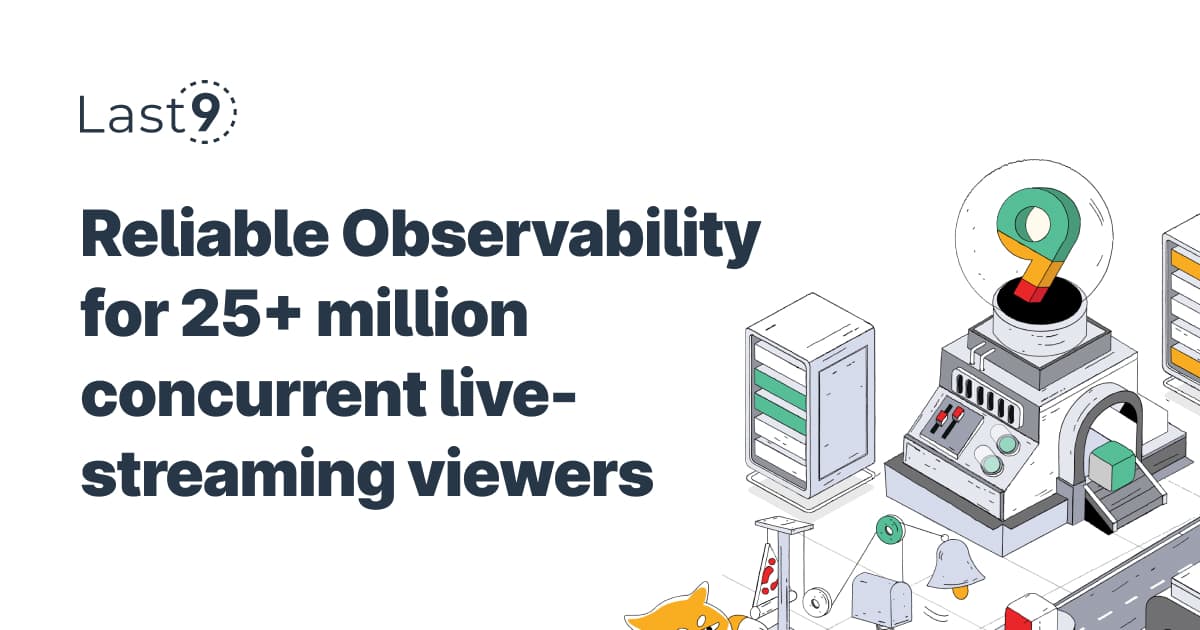
2. New Relic
Key Features:
- Full-Stack Observability: Provides detailed insights into infrastructure, applications, and digital customer experiences.
- Automatic Instrumentation: Simplifies setup with automatic instrumentation for key technologies.
- AI-Powered Anomaly Detection: Uses machine learning to detect performance issues in real-time.
Capabilities:
- Real-Time Monitoring: High-definition monitoring of cloud environments, applications, and infrastructure.
- Integration with AWS: Works well with AWS services like EC2, Lambda, and S3 for seamless observability.
- Open Integrations: Supports integration with open-source tools like Prometheus and Grafana.
Pricing:
- Usage-Based Pricing: Pricing scales based on usage and can become costly as teams scale.
- Free Tier: Provides a limited free tier with basic monitoring features.
Last9 has been crucial for us. We’ve been able to find interesting bugs, that were not possible for us with New Relic. – Shekhar Patil, Founder & CEO, Tacitbase
3. Splunk Observability Cloud
Key Features:
- Comprehensive Monitoring: Supports log management, APM, and infrastructure monitoring in a unified platform.
- Cloud-Native Integrations: Easily integrates with popular cloud providers and services.
- AI-Driven Insights: Utilizes machine learning to provide proactive alerts and diagnose problems quickly.
Capabilities:
- Real-Time Data Ingestion: Fast data collection for real-time monitoring of cloud-native applications.
- Advanced Visualizations: Highly customizable visualizations for a more user-centric experience.
- Anomaly Detection: Automatically identifies outliers in data to alert teams on potential issues.
Pricing:
- Pay-as-You-Go: Uses a pay-per-data-ingested model, which can become expensive with large-scale deployments.
- Enterprise Tier: Offers an enterprise-tier pricing structure with more advanced features.
4. SignalFx (Acquired by Splunk)
Key Features:
- Cloud-Native Monitoring: Primarily designed for monitoring modern cloud infrastructures and microservices.
- Real-Time Analytics: Focuses on providing real-time monitoring data for faster decision-making.
- Distributed Tracing: Integrated tracing for full-stack observability.
Capabilities:
- Dynamic Alerting: Sends alerts based on anomaly detection and real-time performance insights.
- Custom Metrics: Ability to create custom metrics for better visibility into app and system performance.
- Extensive Integrations: Integrates with AWS, Kubernetes, and more.
Pricing:
- Scalable Pricing: Pricing is based on data volume and usage, which may be cost-effective for smaller teams but can become costly as usage increases.
- Flexible Plans: Offers flexible plans for teams at different stages of scaling.
5. AppDynamics (Cisco)
Key Features:
- End-to-End Monitoring: Covers application performance monitoring, business transaction monitoring, and infrastructure monitoring.
- Real-Time Diagnostics: Provides real-time diagnostic insights into code-level performance.
- Business Insights: Tracks business metrics alongside technical performance data.
Capabilities:
- Automatic Detection: Automatically detects application performance issues and provides deep root cause analysis.
- Cloud and On-Prem Monitoring: Flexible deployment options, supporting both cloud-native and hybrid environments.
- AI-Powered Insights: Uses machine learning to predict and prevent potential outages and performance degradation.
Pricing:
- Subscription-Based: Pricing is tiered, based on usage, and tends to be expensive for larger infrastructures.
- Enterprise Focused: Primarily designed for larger enterprises, making it more suitable for large-scale teams.
Practical Challenges in Integrating and Scaling Datadog and Dynatrace
Datadog Challenges
- Complex Configuration: Setting up custom metrics and fine-tuning integrations can be time-consuming, especially for large, multi-cloud environments.
- Cost Management: As you scale, the cost of log management and monitoring services can rise significantly, making it difficult to predict long-term expenses.
- Data Overload: With extensive integrations, Datadog can flood users with a massive volume of data, making it hard to extract actionable insights without a proper filtering strategy.
Dynatrace Challenges
- Steep Learning Curve: While its AI features are powerful, the initial setup and configuration can be difficult for teams unfamiliar with its advanced features.
- Resource Consumption: Dynatrace’s deep monitoring capabilities can put a strain on system resources, particularly when monitoring large numbers of microservices or cloud-native applications.
- Enterprise Complexity: For businesses with rapidly changing infrastructure, managing and configuring Dynatrace’s extensive features can be complex, requiring ongoing adjustments to ensure full visibility and performance optimization.
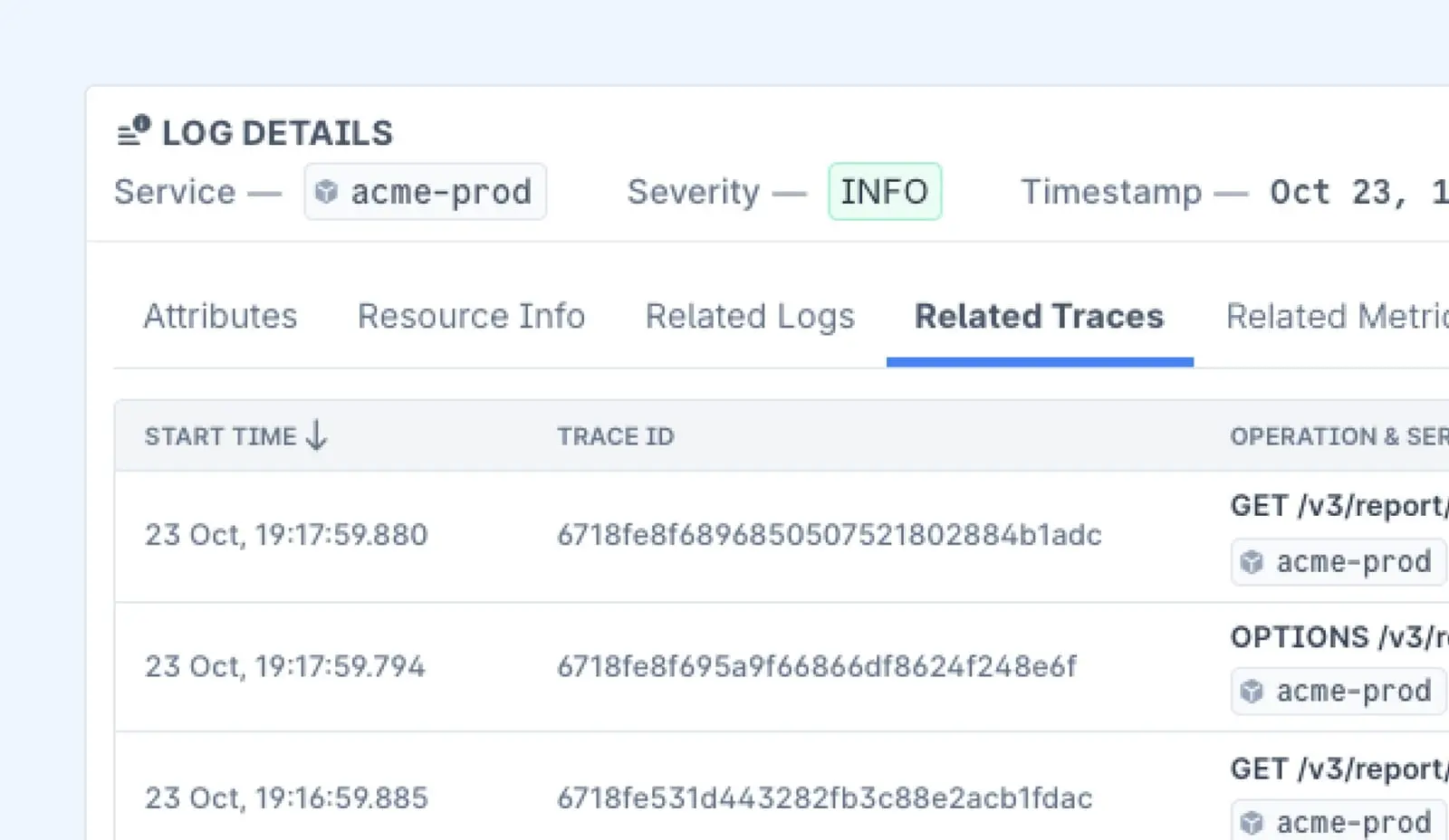
Migrating from Datadog to Dynatrace (or vice versa)
Migrating between Datadog and Dynatrace can be challenging, but it’s manageable with the right approach. Here's a simplified overview:
- Assess Your Current Setup: Identify key metrics, integrations, and dashboards you’re using on Datadog or Dynatrace.
- Set Up Parallel Monitoring: Run both tools side by side for a brief period to ensure no data is missed during the transition.
Here's a step-by-step guide to sending metrics and traces from the Datadog Agent to Last9.
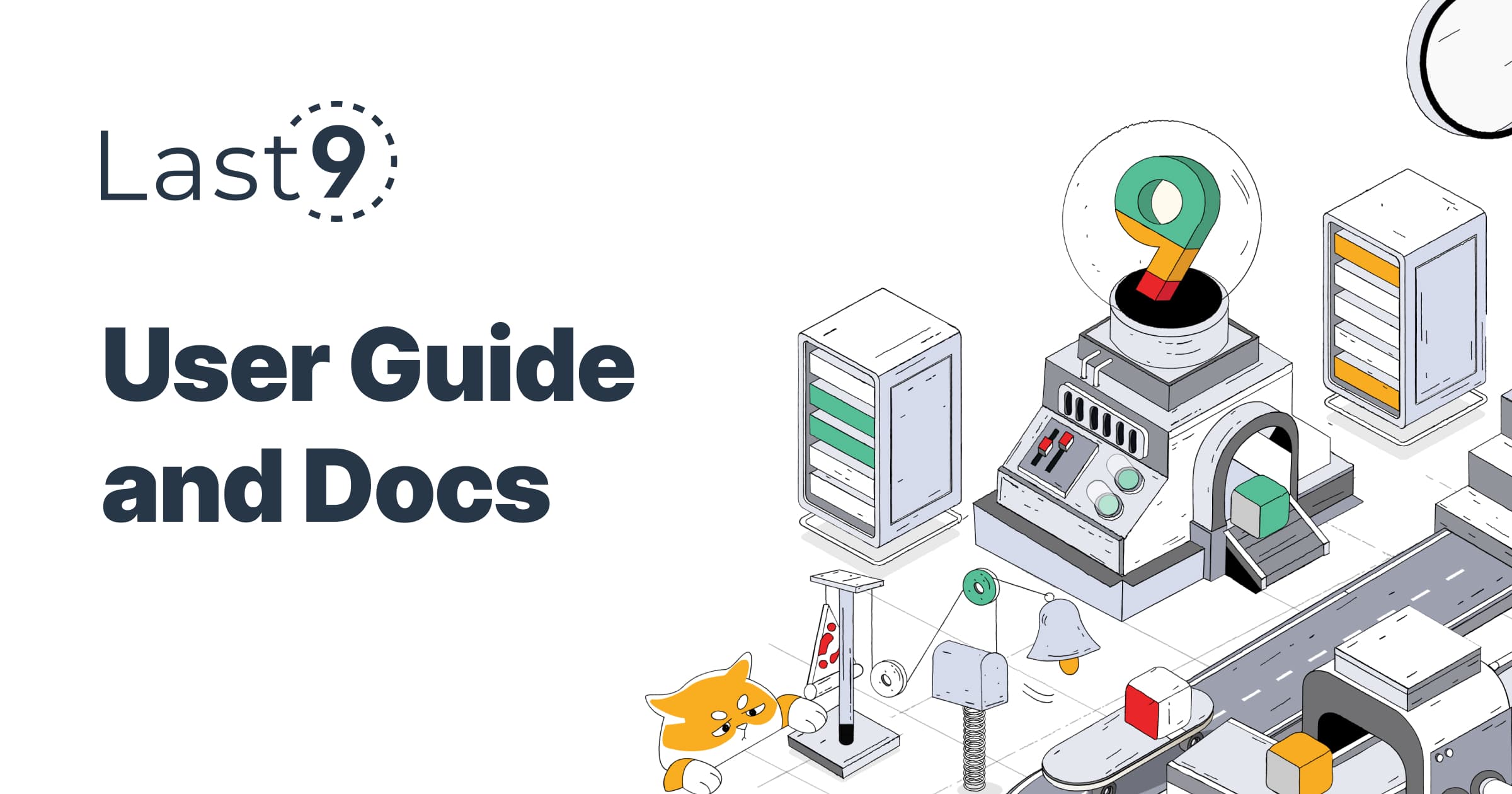
- Recreate Key Metrics and Dashboards:
- Datadog to Dynatrace: Map your custom metrics and logs to Dynatrace’s full-stack monitoring and AI-powered insights.
- Dynatrace to Datadog: Recreate custom dashboards and integrations in Datadog’s interface.
- Test & Validate: Ensure the new platform is collecting the same data and providing accurate alerts. Test critical integrations and services to confirm everything is monitored correctly.
- Train Your Team: Provide basic training for the new platform, focusing on essential features like dashboards and alert configurations.
- Decommission the Old Tool: Once the new platform is fully functional, remove any agents or configurations related to the previous tool.
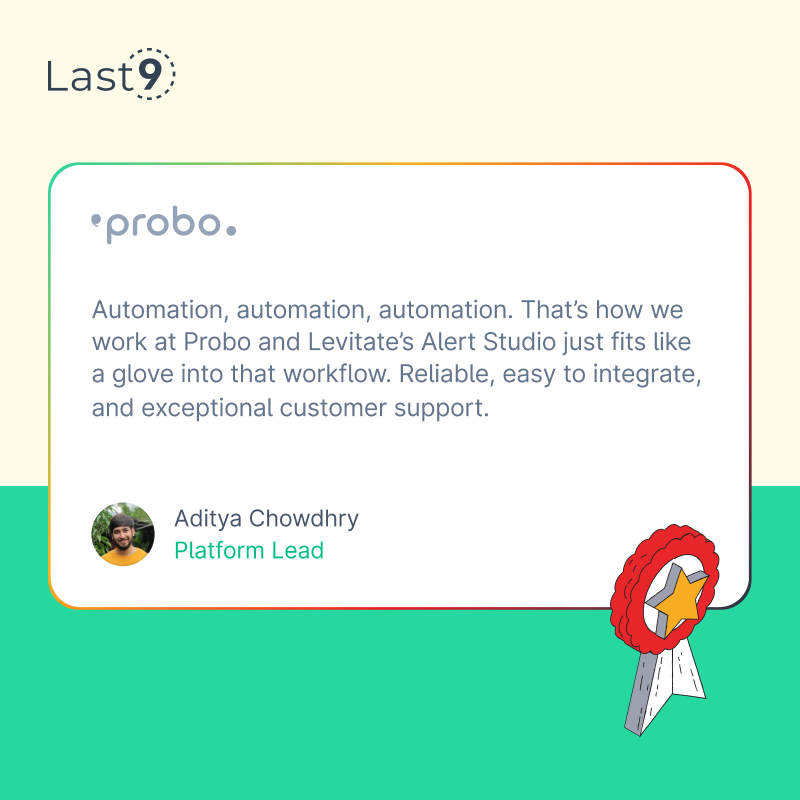
Conclusion
Datadog is known for its flexibility, ease of use, and broad integrations, making it ideal for teams seeking a versatile tool, though it can get pricey as you scale. Dynatrace stands out with its AI-driven automation and scalability, making it a great choice for large enterprises with complex environments.
But if you’re looking to avoid the high costs of traditional observability tools and want to get your logs, metrics, and traces all in one platform, Last9 might be just what you need.
While managed solutions like Datadog and New Relic are convenient, they can be costly and prone to vendor lock-in.
Last9 combines the best of both worlds – a telemetry data warehouse built to scale, handling logs, traces, metrics, and events, plus a control plane that gives you incredible flexibility in managing your data.
Schedule a demo or try it for free to explore how Last9 can simplify your observability setup.
FAQs
What’s the main difference between Datadog and Dynatrace?
Datadog offers flexibility with a wide range of integrations and ease of use, while Dynatrace focuses on AI-powered automation and scalability, making it ideal for large enterprises.
Which tool is better for small teams?
Datadog is often preferred by smaller teams due to its user-friendly interface, broad integrations, and flexibility. It’s easier to get started with and scales as you grow.
How does Datadog’s pricing compare to Dynatrace?
Datadog follows a usage-based model that can become expensive as you scale, especially with large amounts of logs and hosts. Dynatrace also has a consumption-based pricing model but tends to be pricier upfront, though its AI-driven automation can lead to long-term savings.
Which tool is better for large enterprises?
Dynatrace is designed for large-scale, complex environments with advanced AI-driven automation and deep insights. It's a better fit for large enterprises dealing with microservices and cloud-native applications.
Can I use both Datadog and Dynatrace together?
While it's possible to use both tools, running them side by side can lead to data duplication and increased complexity. It's better to choose one based on your business needs.
How easy is it to switch from Datadog to Dynatrace?
Migrating from Datadog to Dynatrace involves setting up new integrations, recreating dashboards, and ensuring your metrics are captured correctly. Both platforms offer different setups, so it's crucial to carefully plan the transition.
Which tool has more integrations?
Datadog offers over 450 integrations, covering a wide variety of platforms, while Dynatrace has a strong focus on cloud-native environments, including deep integrations with Kubernetes and Docker.
Is Dynatrace's AI worth the complexity?
For large organizations with complex environments, AI-powered automation and root-cause analysis in Dynatrace can be incredibly valuable. However, its complexity may require a learning curve.
Can I integrate Last9 with Datadog or Dynatrace?
Yes, Last9 integrates with both Datadog and Dynatrace, helping unify your observability data and providing more flexibility in managing your logs, metrics, and traces.








